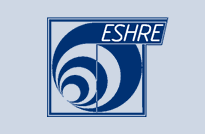
Coping with endometriosis
Complementary therapies
C Evidence
Level 4
GPP Patient support groups
GPP
This guideline, which is reviewed annually, was last updated on 30 June 2007
The guideline is hosted free of charge by www.endometriosis.org
| Contact webmaster